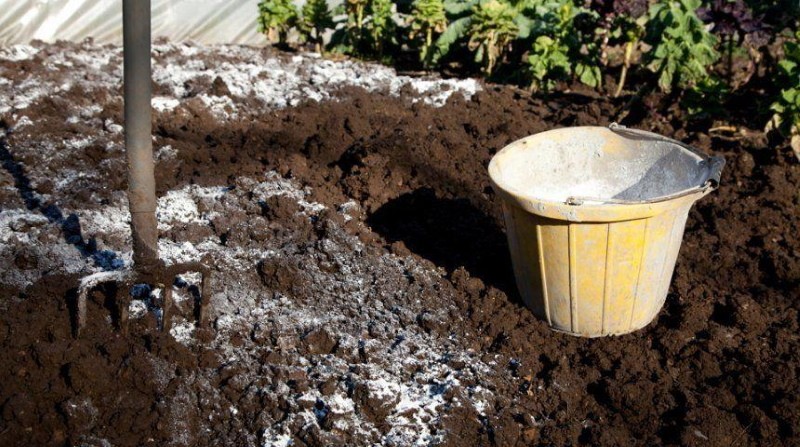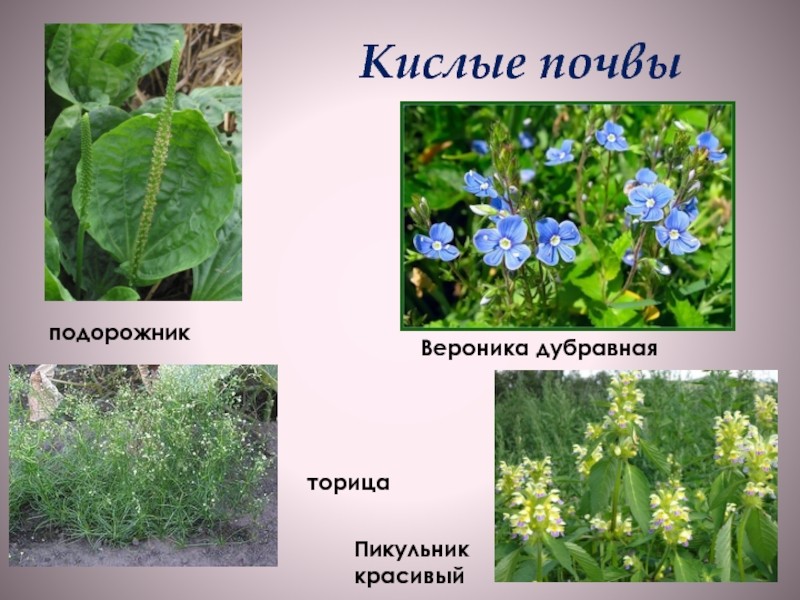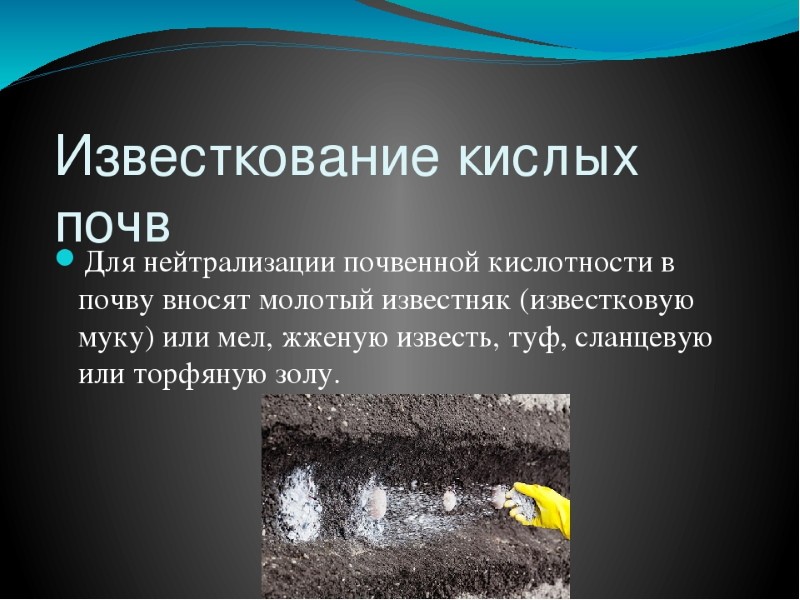Liming the soil in autumn - application rate depending on the substance used
 In order for garden, vegetable and flower crops to develop well, they need nutrients, and also a certain acidity of the soil. Not all plants do well in acidic soil, moreover, most of them do not have such a composition at all. In order to reduce the acidity of the soil and saturate it with certain microelements, liming of the soil is carried out in the fall, the application rates of which are important to strictly observe. Not only acidic, but also alkaline soil is not suitable for gardening and gardening. It becomes salted and prevents the absorption of calcium and other nutrients by plants. In addition, liming is carried out only when necessary. And for this it is important to first determine what the level of acidity is on the site.
In order for garden, vegetable and flower crops to develop well, they need nutrients, and also a certain acidity of the soil. Not all plants do well in acidic soil, moreover, most of them do not have such a composition at all. In order to reduce the acidity of the soil and saturate it with certain microelements, liming of the soil is carried out in the fall, the application rates of which are important to strictly observe. Not only acidic, but also alkaline soil is not suitable for gardening and gardening. It becomes salted and prevents the absorption of calcium and other nutrients by plants. In addition, liming is carried out only when necessary. And for this it is important to first determine what the level of acidity is on the site.
How to determine if the soil needs liming

On acidic soils, such plants feel well and actively grow:
- field horsetail;
- horse sorrel;
- large plantain;
- wild mustard;
- highlander;
- meadow cornflower;
- sedge;
- oxalis;
- moss.
In addition, a white coating on the surface of the soil also speaks of the need for liming. And when water is collected in such areas, it is rusty, with a brown sediment and an iridescent film on the surface of the puddles.
Why lime in autumn
 Autumn is the best time for liming, because there is no need to calculate and compare this procedure with planting. It is possible to deacidify the soil in spring, but then it is important to have time to do it at least 3 weeks before planting or sowing.
Autumn is the best time for liming, because there is no need to calculate and compare this procedure with planting. It is possible to deacidify the soil in spring, but then it is important to have time to do it at least 3 weeks before planting or sowing.
The second important advantage of autumn liming is that it cannot be carried out simultaneously with the introduction of nitrogen fertilizers, and more specifically, ammonium. As a result, substances indigestible by plants are formed in the soil. Nitrogen fertilizing is carried out in the spring, so it is better to transfer the deoxidation to autumn and spend it under digging. This will not only reduce acidity, but also doubly improve the structure of the soil, making it looser and more moisture-permeable.
Sites with acidity below 5 pH need liming.
Soil liming in autumn - application rate and preparations
 For deoxidation, you can use the following substances:
For deoxidation, you can use the following substances:
- Lime (fluff). For soil with acidity up to 4.5, the consumption is 0.3-0.5 kg of fluff per square. 0.1-0.2 kg is enough for acidic soil with a pH of up to 5.3, and 0.2-0.1 kg per square meter for slightly acidic soil.
- Dolomite flour. It has an important advantage - it can be applied in winter, right on the snow cover.For clay soil with an acidity of 3.5 to 5.3, the application rate is 0.5 kg per 1 sq. m., 0.35 kg is enough for slightly acidic soil. For sandstones, the norms should be even less: 0.3 kg per 1 sq. m. for strongly acidic soil, 0.2 kg - for acidic and only 0.1 kg - for slightly acidic soil.
- Wood ash. With the main application, the rate is 600 g per 1 sq. m., repeated deoxidation - no more than 200 g.
- Peat ash - 1.8 kg / sq.m. for the first application and for additional no more than 400 g.